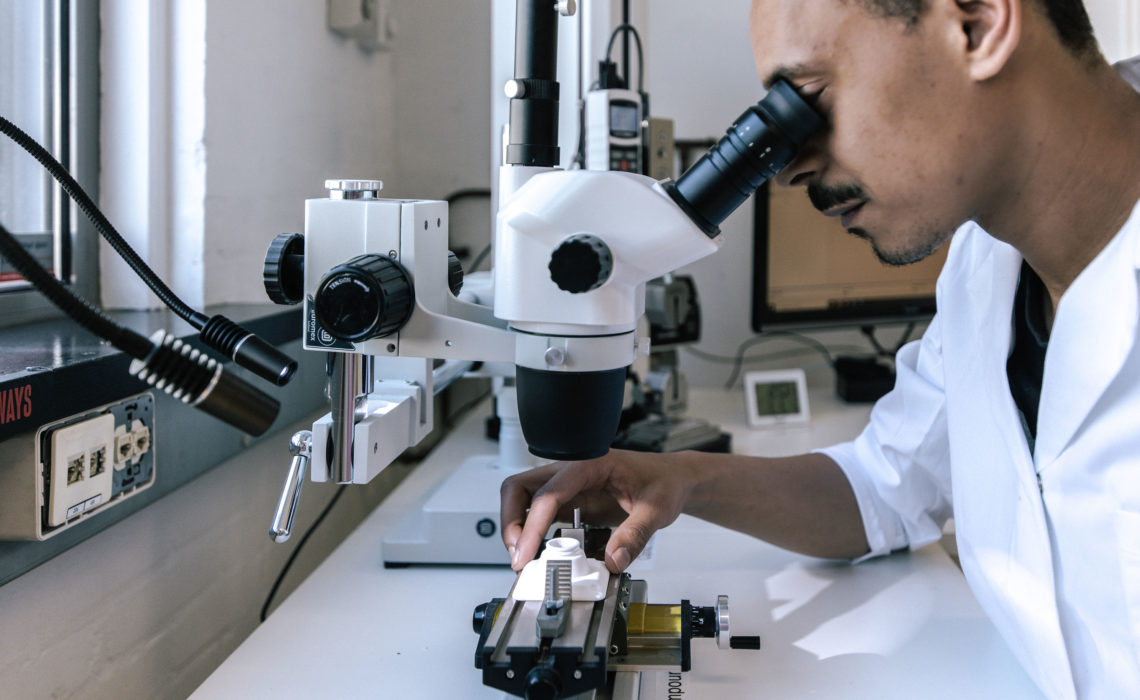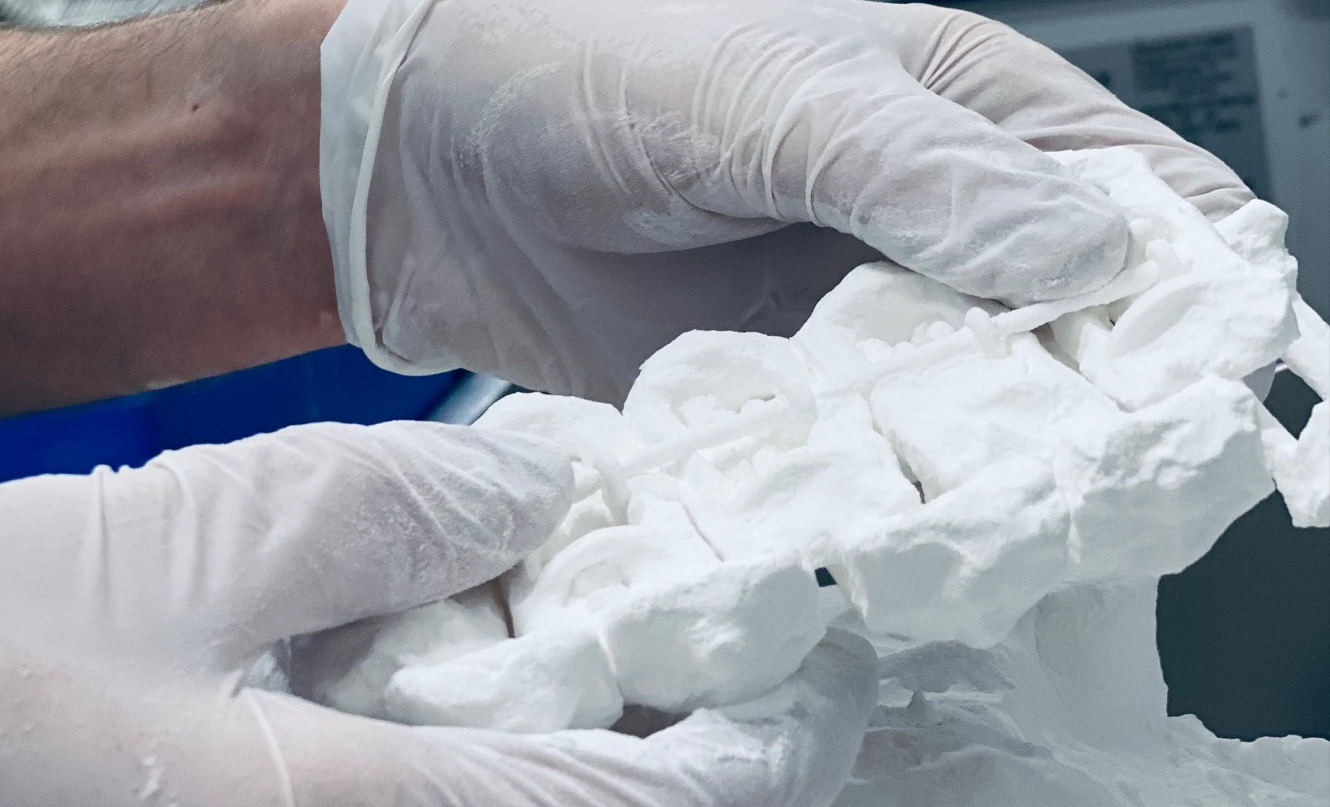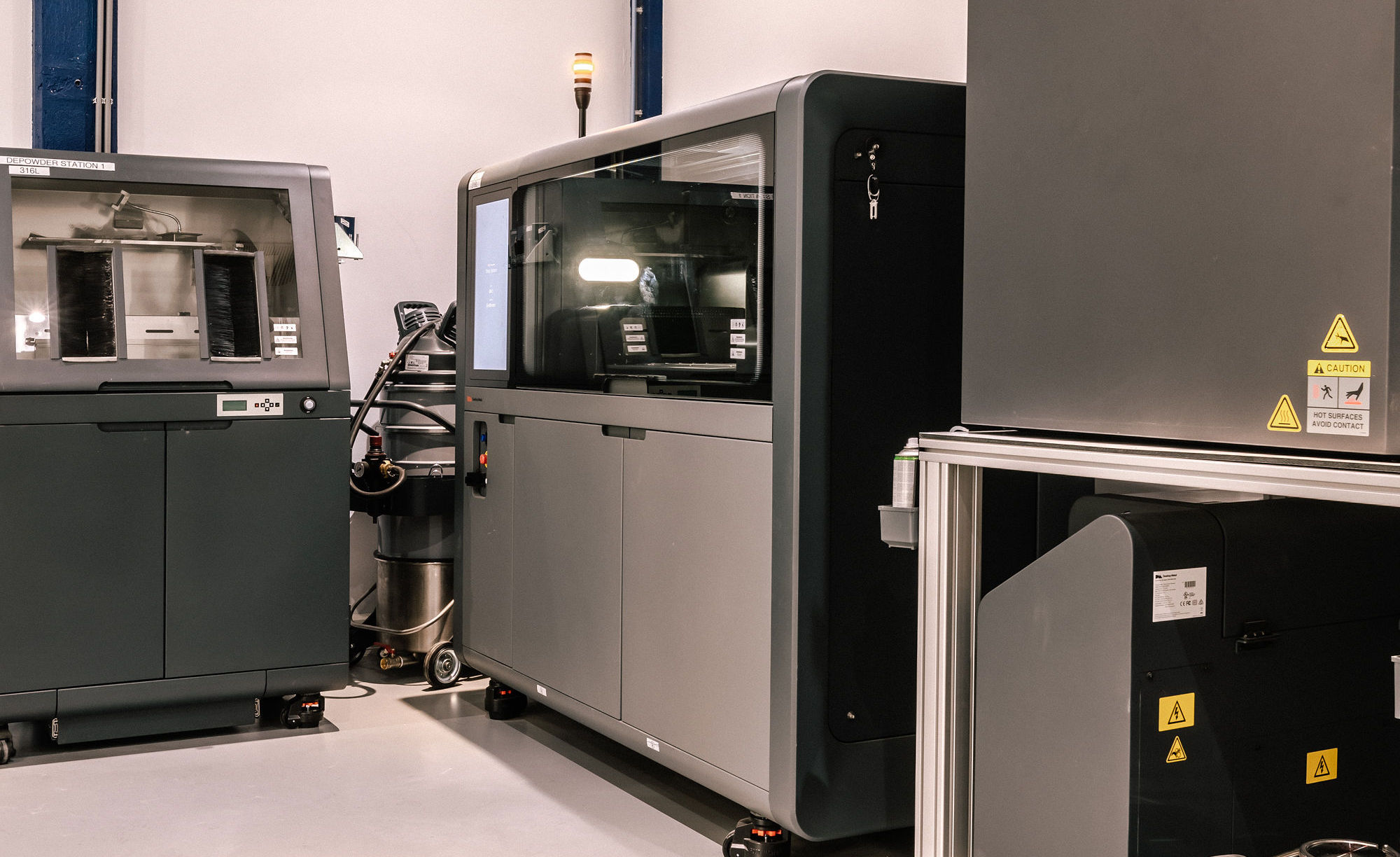
Sustainability is a term most of us hear on the daily–so much that it is easy to forget what the point is behind the practice. Typically explained as an exercise required to improve and maintain global ecological balance, sustainability starts from the ground up and then can be applied to nearly every aspect of life and every application emerging from human needs. Many educated folks have expounded on the importance of sustainability, but it doesn’t take a genius to realize the importance of reducing and re-using, as well as changing; after all, while so many of us are waiting on someone else to save the planet, the greatest epiphany is in realizing that we are that someone else.
Additive Puts the Sustainability in 3D Printing
Putting sustainability into action for manufacturing begins with a strategy for each project, and reserved use of materials. In its most basic form, additive manufacturing (AM) lends itself to sustainability as materials are deposited layer by layer in building a structure. This process lies in direct contrast to subtractive manufacturing where a project may begin with a large chunk of material like metal that must be chipped away at to make the desired structure. Subtractive processes lead to a lot of wasted material, and for materials like metal–a lot of shavings that may not have any use later.

Powder Based 3D Printing Materials Are Easily Recycled
The goal is to enable sustainable 3D printing initially, as well as strategizing in terms of use and production; for example, most thermoplastics Shapeways uses for 3D printing can be recycled. This is especially true for powder-based technology like Selective Laser Sintering and popular materials like Nylon 12 [Versatile Plastic] that can be easily recycled after 3D printing, whether businesses are engaged in rapid prototyping with the potential for unlimited iterations, or moving on to the next industrial build of functional, end-use parts.
While numerous solid plastic materials can be recycled, as well as converted into other forms like pellets and then 3D printed again, most industrial 3D printing powders can simply be saved after manufacturing for the next cycle. There are other features which can be used for greater advantage in sustainability too. With SLS 3D printing, large numbers of prints can be manufactured at the same time through nesting. Use of resources can be reduced with planning and strategizing about how to pack parts together. Unsintered powder bunches around parts as they are 3D printed too, stabilizing structures, and also meaning that they do not require support structures. This leads to much greater design freedom as designers are able to engineer parts without having to worry about compensating for intricate supports too. No requirements for supports means less use of materials ultimately, as well as reducing the potential for damage in post-processing and forcing the need for repeated 3D printing.

3D Print On Demand to Simplify the Supply Chain
3D printing on demand at Shapeways is one of the most beneficial manufacturing processes imaginable. Not only that, but the ability to disrupt traditional processes in such an enormous way, and so positively, is nothing short of fascinating. It’s hard to imagine a manufacturer who wouldn’t be thrilled to cut down on inventory, pay less for volume in space or eliminate warehouses altogether, and take the time to customize all parts as desired by the customer. And while change can be difficult in any form, the ability to 3D print on demand means reserving resources, saving time, and saving untold dollars.
With the ability to keep inventory completely on digital file rather than in physical form, nothing needs to be manufactured until the customer is ready. At that point though, it’s all systems go for 3D printing products that can be as customized as necessary, and manufactured from localized factories rather than one that might be so far away that supply chain issues enter the picture.
More than just a keyword in contemporary conversations, sustainability is becoming a defining force in success for all of us in manufacturing today–and for the future. Achieving change may involve reconfiguring for some, but the rewards are worth it every step of the way, locally and globally.

About Shapeways
Enjoy the benefits of this advanced technology and a wide range of materials from Shapeways for 3D printing your creations with accuracy, complex detail, and no minimum or limits in terms of mass customization or single part orders. Shapeways has worked with over 1 million customers in 160 countries to 3D print over 21 million parts! Read about case studies, find out more about Shapeways additive manufacturing solutions, and get instant quotes here.

